Hoya plants, often affectionately referred to as wax plants, are renowned for their stunning, star-shaped flowers and glossy leaves. With over 200 species, these charming plants have carved out a niche in the hearts of plant lovers and collectors around the globe. Their unique beauty and relatively low maintenance needs have fueled a surge in popularity in recent years. However, if you’ve ever looked to add a Hoya to your collection, you may have noticed that some varieties come with a hefty price tag. But why are Hoya plants so expensive?
1. Rarity and Limited Supply
One of the primary reasons behind the high prices of Hoya plants is their rarity. Many species and cultivars are not widely available, making them hard to find. For instance, rare varieties like Hoya shepherdii or Hoya obovata are often sought after but can be quite elusive. This scarcity is compounded by the fact that it can take years for Hoya plants to mature into a size that is desirable for sale.
Propagation can also be tricky. Unlike some plants that are easily propagated by cuttings or division, Hoya plants require a bit more finesse. They need the right conditions to thrive, and many growers struggle to produce enough healthy cuttings to meet demand. As a result, mature specimens become a hot commodity, with their limited availability driving prices up further.
2. High Demand from Collectors
The popularity of Hoya plants among collectors has skyrocketed recently, and this surge in interest is a significant driver of their high prices. Plant enthusiasts are always on the lookout for unique and rare varieties to showcase in their collections. The allure of owning a Hoya that others may not have adds to its desirability.
Collector behavior also plays a role in this phenomenon. Many collectors enjoy the thrill of the hunt, seeking out the rarest plants they can find. This competitive spirit among enthusiasts leads to an increase in demand, allowing sellers to command premium prices for their prized specimens. As more people become aware of the beauty and uniqueness of Hoya plants, the demand is expected to continue to rise, keeping prices elevated.
3. Slow Growth and Propagation
Hoya plants are known for their slow growth, which significantly impacts their market availability. Unlike fast-growing houseplants, Hoyas often take their time to reach a mature size that is marketable. For example, cuttings can take several weeks to root and several more months to grow into a plant that’s ready for sale. This slow growth rate makes it difficult for growers to keep up with the high demand.
4. Variegation and Unique Traits
When it comes to Hoya plants, variegated varieties are often the crown jewels of any collection. These plants feature striking leaf patterns with unique splashes of color, ranging from creamy whites to vibrant yellows. This aesthetic appeal is a significant factor in their desirability, as no two leaves are alike, making each plant a one-of-a-kind masterpiece. Variegated Hoya varieties, such as Hoya carnosa ‘Compacta’ (commonly known as “Hindu Rope”) and Hoya kerrii, are particularly sought after due to their distinctive appearances.
The unique leaf patterns of variegated Hoyas don’t just make them visually appealing; they also represent the plant’s genetic diversity. Collectors and enthusiasts often find themselves captivated by the chance to own a rare specimen with extraordinary markings. The rarity of these unique traits amplifies their desirability, leading to higher prices in the marketplace. For many collectors, acquiring a rare variegated Hoya is not just about the plant itself but also about the story and the beauty it brings to their home.
5. Novelty and Exclusivity
Owning a rare Hoya plant is often seen as a status symbol among plant enthusiasts. The novelty of having a unique and hard-to-find specimen can elevate one’s status within the plant community, fostering a sense of pride among owners. This exclusivity is a powerful driver of demand, as many collectors are eager to showcase their rare finds and engage in discussions about their prized plants.
The thrill of owning something unique often translates into a willingness to pay higher prices. Many collectors share personal anecdotes about the joy of adding a rare Hoya to their collection, emphasizing the pride they feel in nurturing such a beautiful and unique plant. One collector might say, “Every time I see my variegated Hoya bloom, it feels like a little piece of art that I get to care for. It’s not just a plant; it’s a conversation starter and a testament to my passion.”
As more people recognize the beauty and uniqueness of Hoya plants, the demand for these rare specimens is likely to continue to grow, further driving prices up.
FAQs About Hoya Plants
1. What are Hoya plants?
Hoya plants, also known as wax plants, are a genus of tropical flowering plants in the family Apocynaceae. They are popular for their waxy, thick leaves and beautiful, often fragrant flowers. Hoya plants are prized for their aesthetic appeal and relatively low maintenance requirements, making them a favorite among indoor gardeners.
2. Why are rare Hoya plants so expensive?
Rare Hoya plants are expensive due to their limited availability, high demand among collectors, slow growth rates, and unique traits like variegation. The combination of these factors creates a market where prices can soar, especially for highly sought-after varieties.
3. How can I care for my Hoya plant?
Hoya plants thrive in bright, indirect sunlight and prefer well-draining soil. They are relatively low-maintenance but benefit from regular watering during the growing season and a dry period in the winter. Fertilizing during the spring and summer can also help promote healthy growth and flowering.
4. What should I consider before buying a Hoya plant?
Before purchasing a Hoya plant, consider factors such as the plant’s rarity, growth requirements, and your experience level with plant care. Research specific varieties to understand their needs and determine if they fit your lifestyle. Additionally, be mindful of the price and ensure it aligns with your budget.
5. Are there any common pests that affect Hoya plants?
Yes, Hoya plants can be susceptible to common houseplant pests such as mealybugs, spider mites, and aphids. Regularly inspecting your plants and maintaining good air circulation can help prevent infestations. If pests are detected, treating them promptly with insecticidal soap or neem oil is advisable.
Final Thoughts
Hoya plants have captured the hearts of many plant enthusiasts, not just for their stunning appearance but also for the fascinating factors contributing to their pricing. As we’ve explored, the rarity and limited supply of certain species and cultivars play a significant role in their cost. Coupled with high demand from collectors and challenges in propagation, it becomes clear why these plants can be quite an investment.
The unique traits of variegated Hoya varieties add an additional layer of allure, making them highly sought after for their striking aesthetics. This desire for novelty and exclusivity has transformed rare Hoya plants into status symbols within the plant community, driving prices even higher. For many collectors, owning a rare Hoya is not just about the plant itself; it’s about pride, passion, and the joy of nurturing something truly unique.



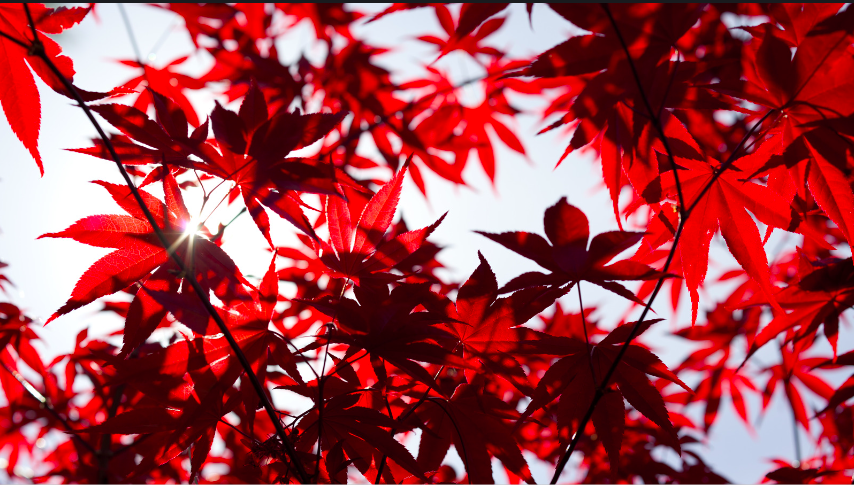
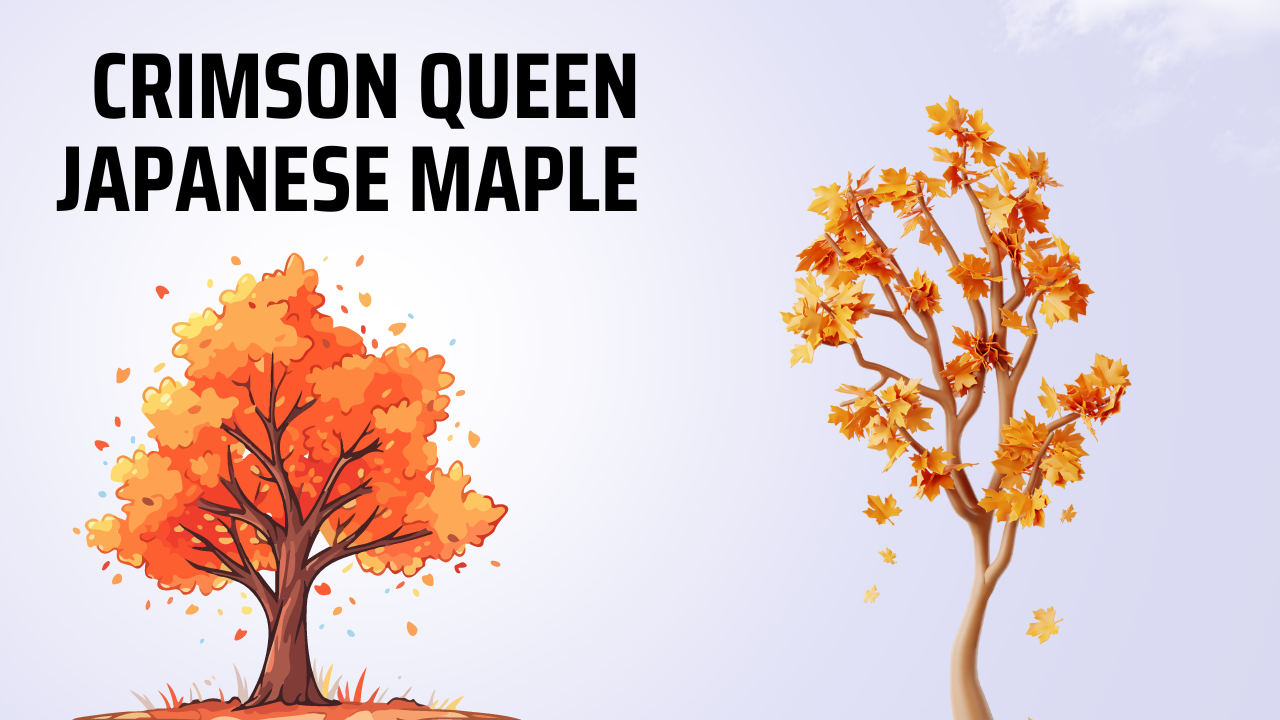

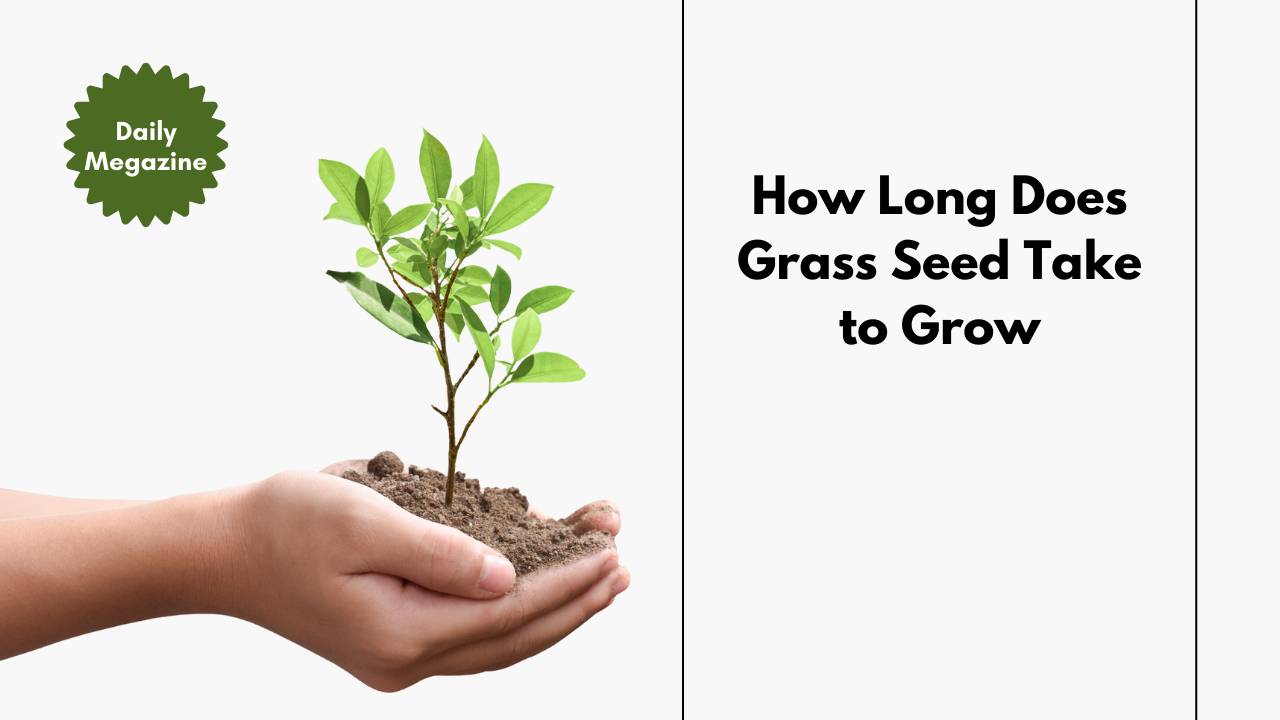
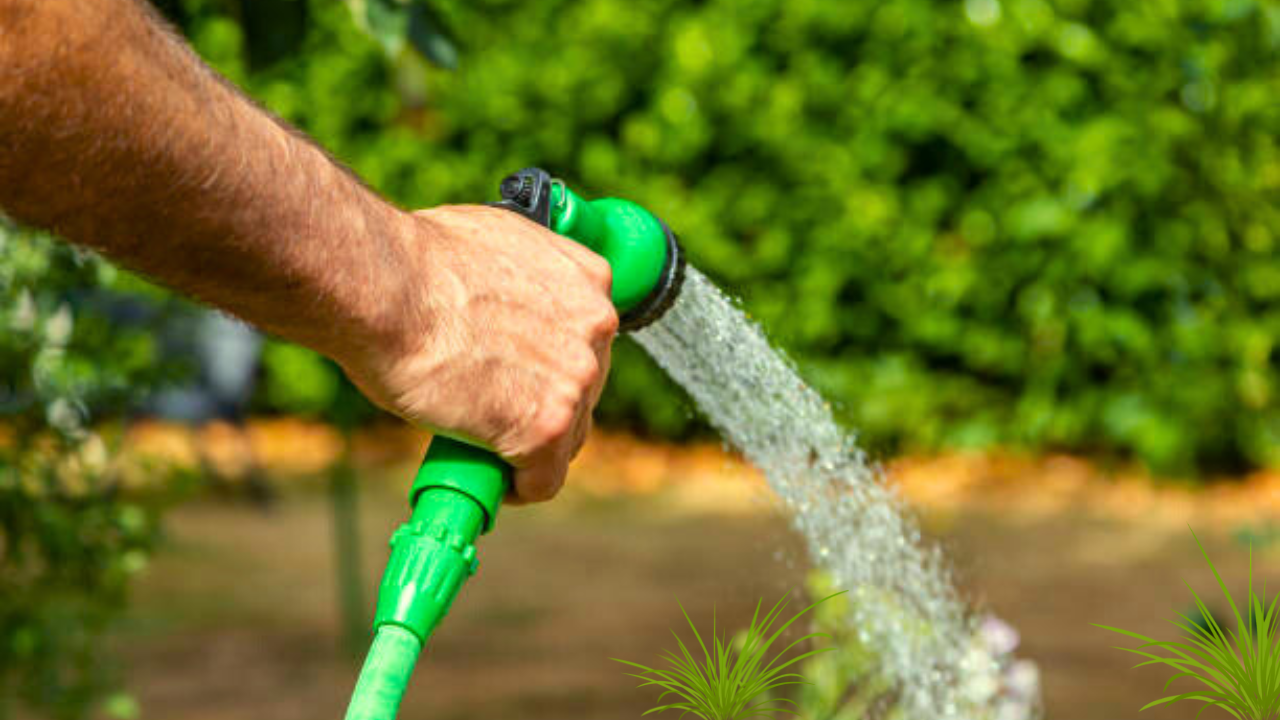

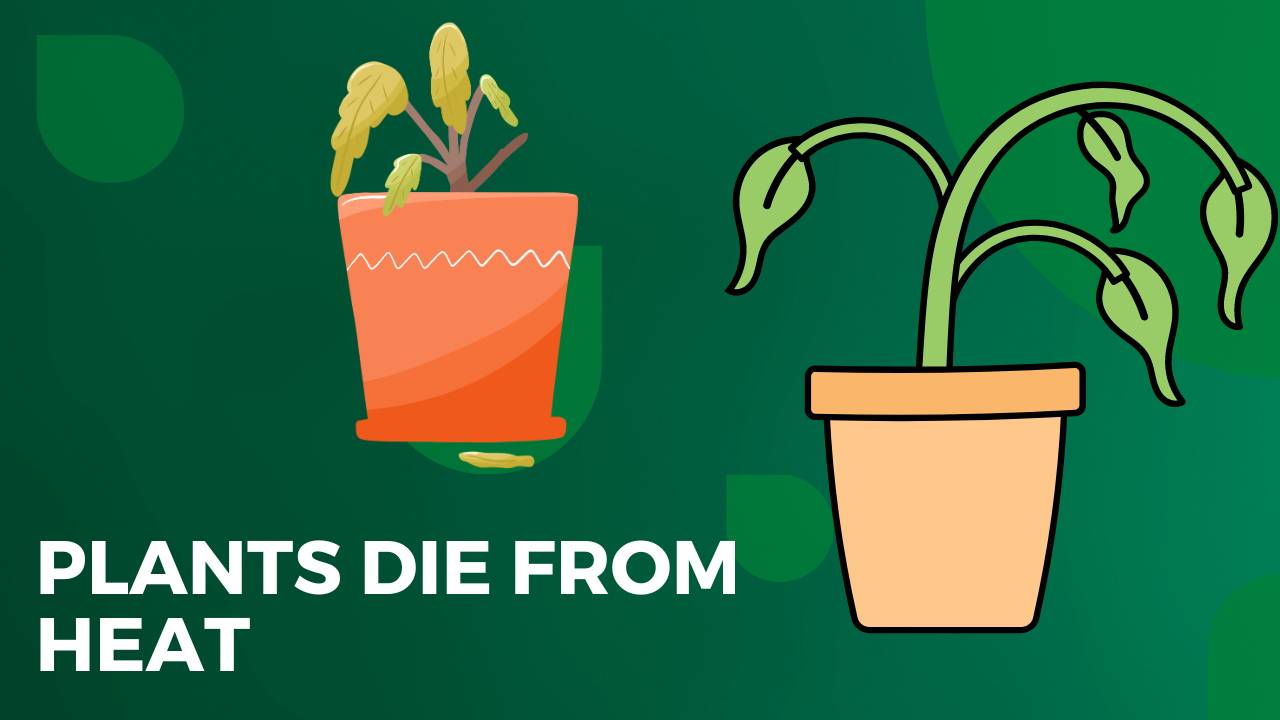
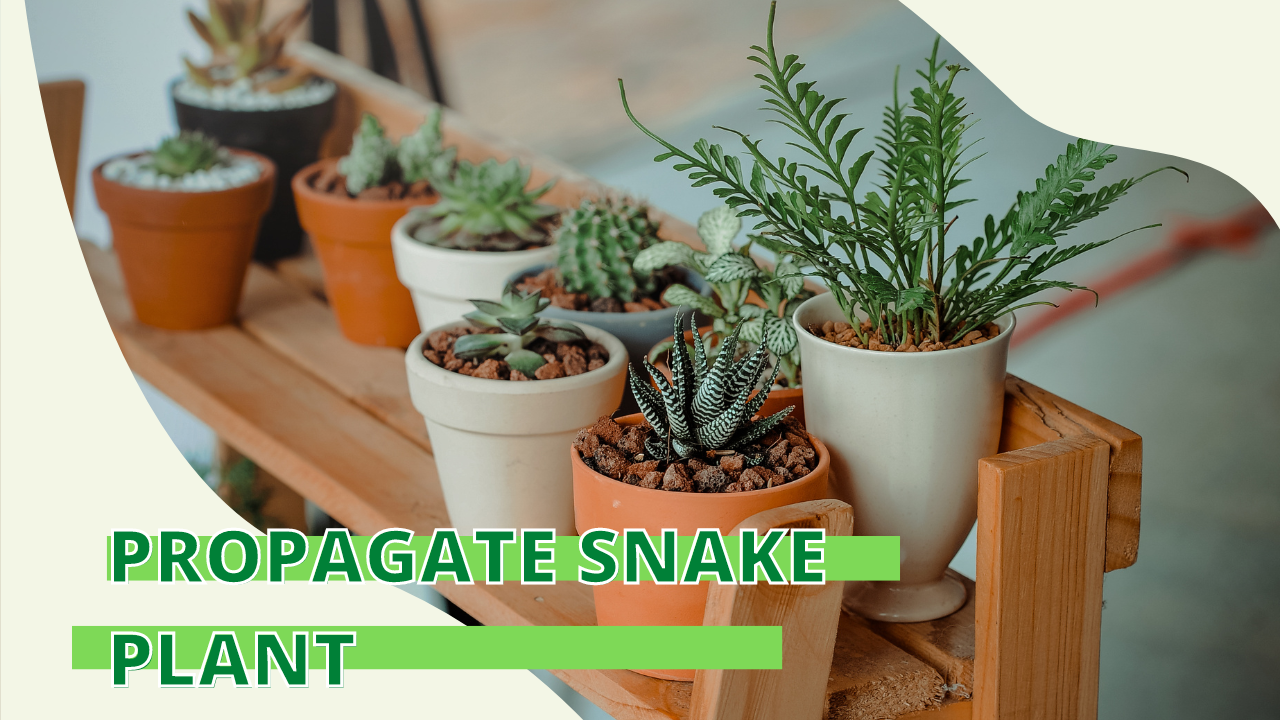
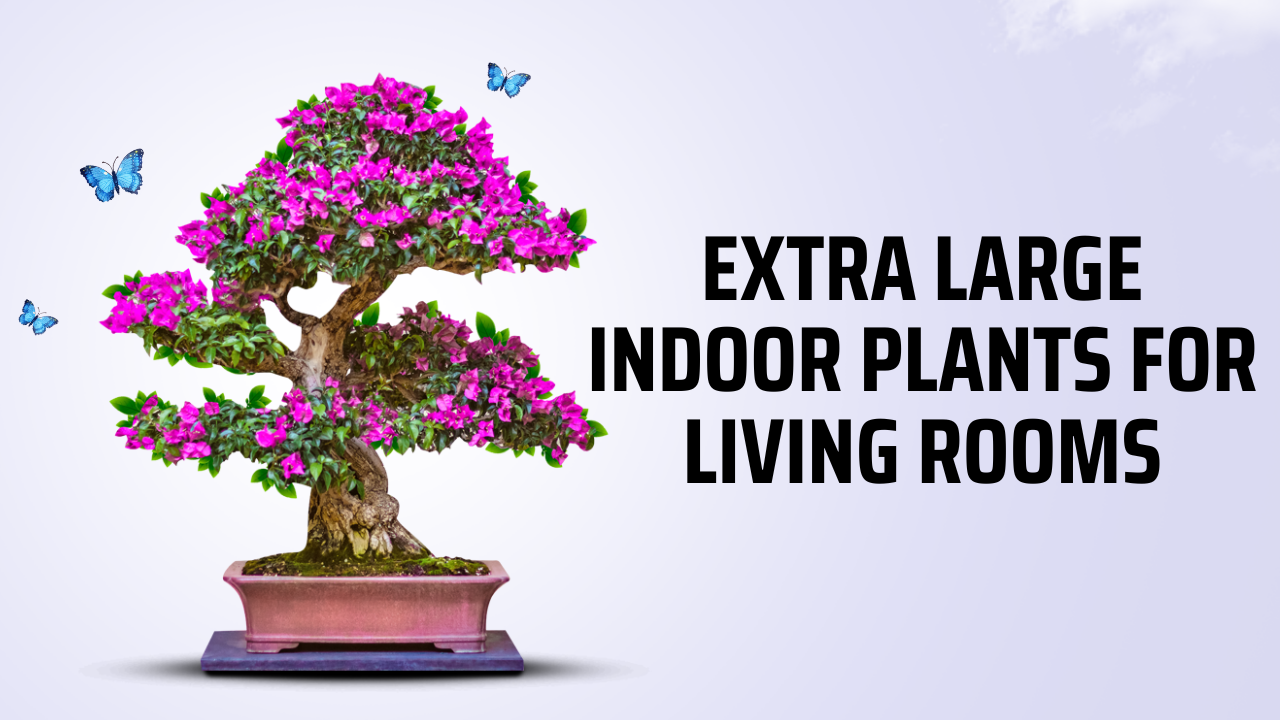





4 thoughts on “Why is a Hoya Plant So Expensive?”